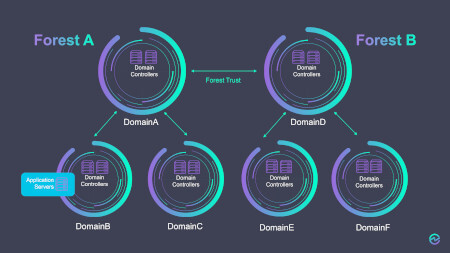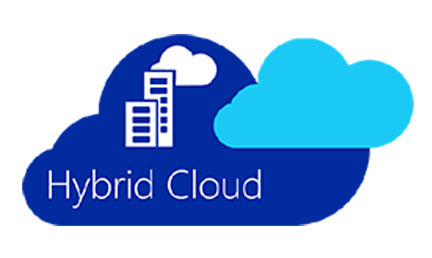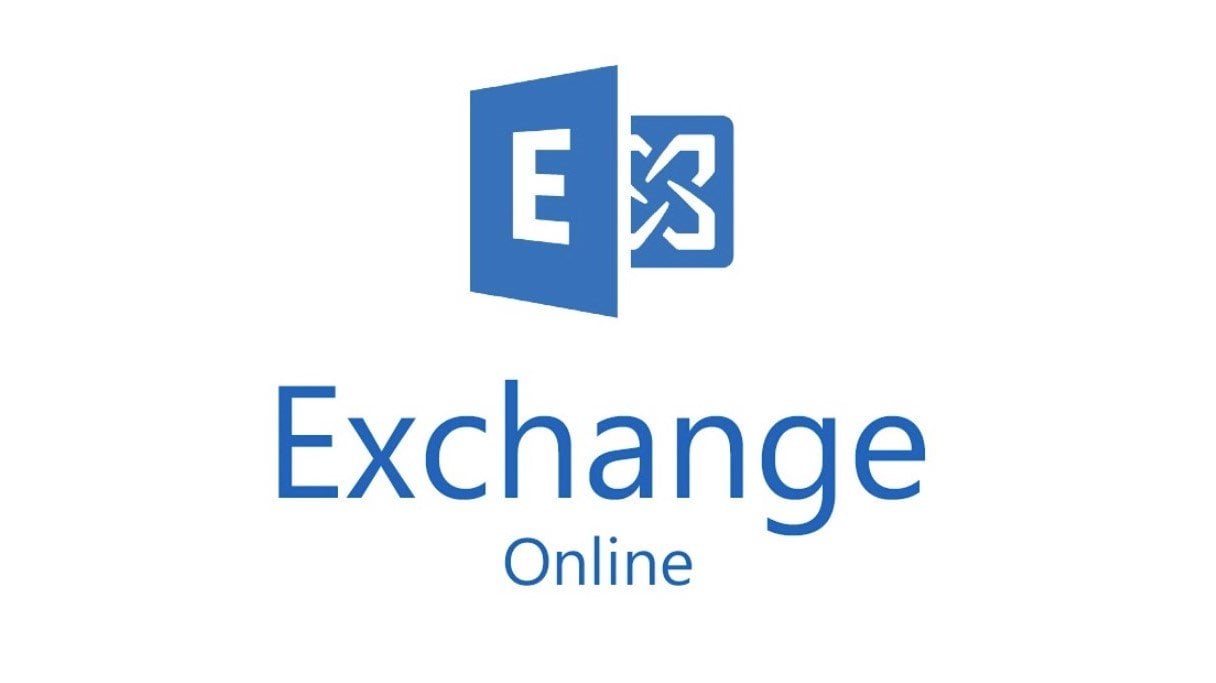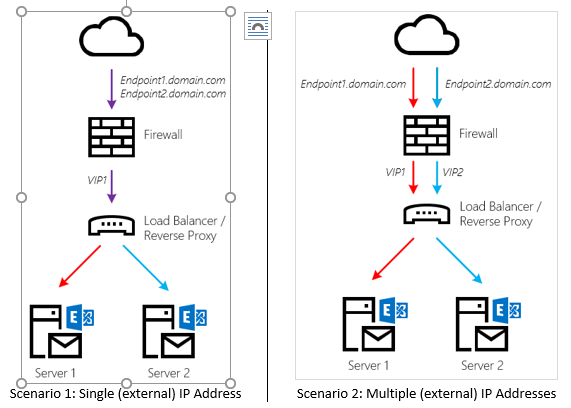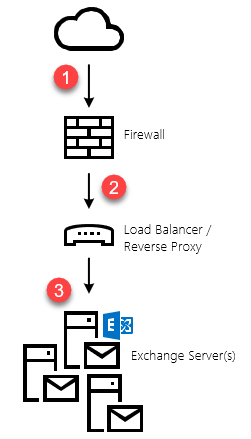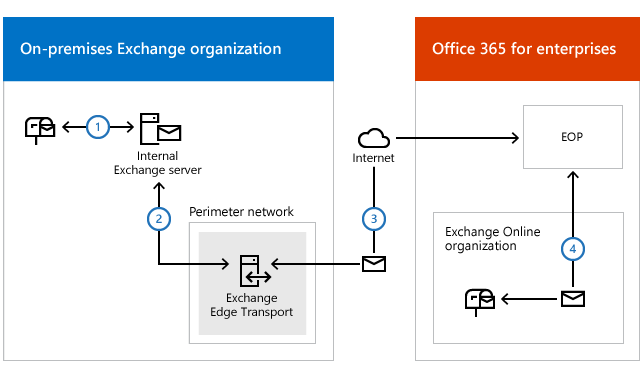Hybrid Headaches: The Confusing Case of Cross-Forest Delegation
If you've ever participated in an Exchange Online migration at almost any level, it's likely you've run into the issue of cross-forest delegation. You know that Exchange allows you to delegate rights from one mailbox to another, allowing users to access other mailboxes. When you do an Exchange hybrid migration, there are some special considerations you have to take to keep these delegated rights working.

